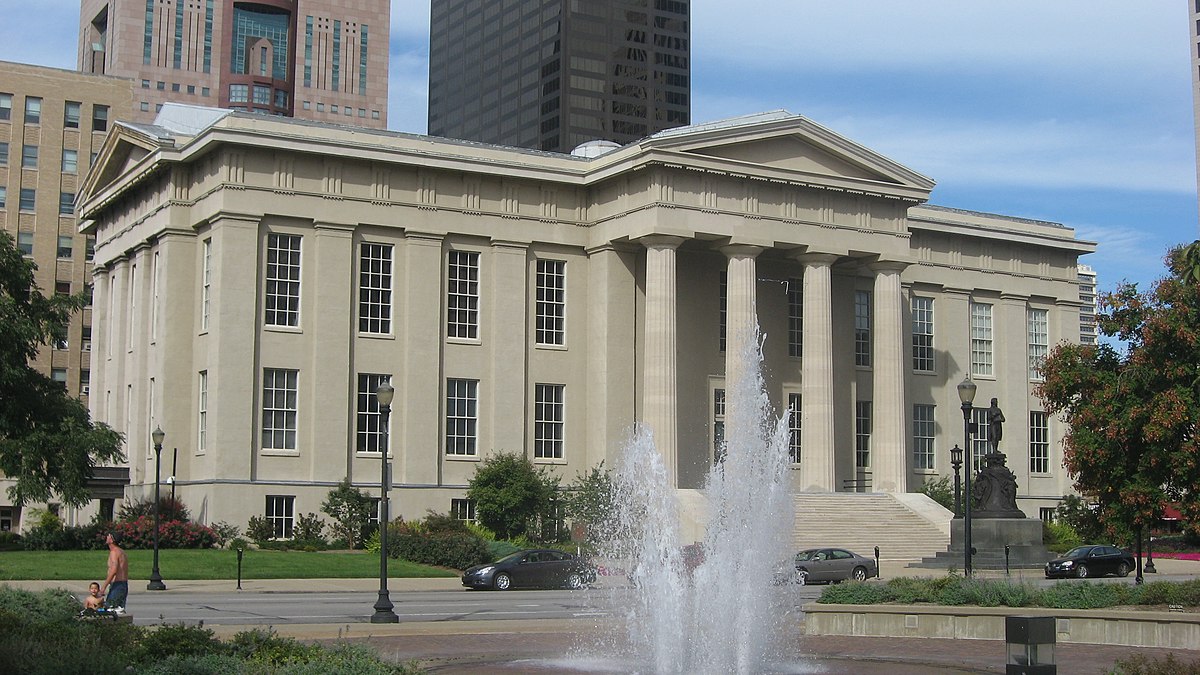
The event is part of the museum's broader commitment to showcasing the history and cultural significance of bourbon in Kentucky. As a stop on the Kentucky Bourbon Trail, the Frazier History Museum provides educational exhibits and tastings that highlight the craftsmanship and tradition behind bourbon production[2].
During Michter's Speakeasy, guests can enjoy the museum's unique setting while participating in activities reminiscent of the Prohibition era. This includes live music and the opportunity to sample bourbon in an environment that recreates the secretive and exclusive nature of speakeasies from the past[1].
The Frazier History Museum's focus on bourbon heritage reflects its mission to honor Kentucky's past while celebrating its cultural contributions. By hosting events like Michter's Speakeasy, the museum continues to engage visitors with the rich history of bourbon, reinforcing its position as a premier cultural institution in Louisville[1][2].















